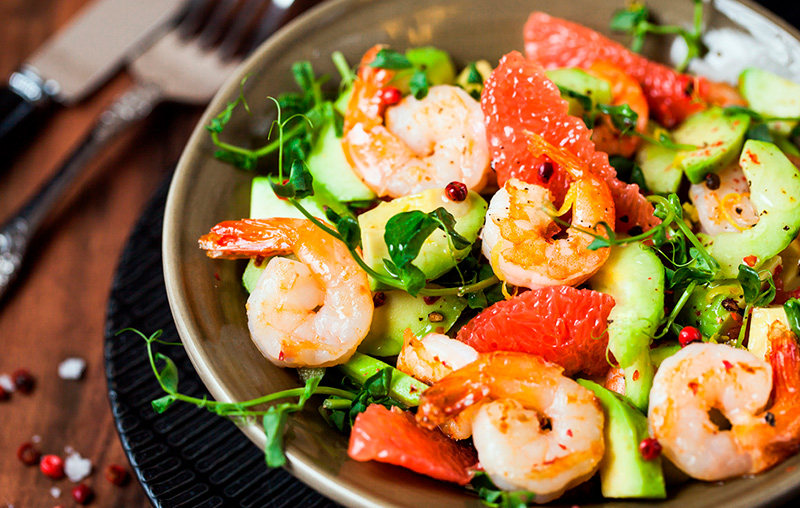Chocolate Easter eggs and hot cross buns may be the foods most commonly associated with this time of year, but millions of people also choose to consume salmon on one day during the long weekend.
On Good Friday, it is customary to serve seafood for dinner, typically fish and fries.
Predictably, the reason we consume fish on Good Friday has religious origins. As a sign of respect and remembrance for the sacrifice Jesus made on the cross on Good Friday, Christians abstain from consuming flesh as a sign of reverence.
According to the Marine Stewardship Council, it is customary to consume fish rather than flesh on Good Friday. Christians believe that Jesus offered his flesh as a sacrifice on Good Friday. This is why people traditionally abstain from eating meat on Good Friday.
“Because fish is considered a distinct type of flesh, it is preferred over meat on Good Friday. Additionally, Christians used fish shapes to identify themselves, and it is believed that many of Jesus’ adherents were fishermen.
In ancient cultures, flesh was considered a delicacy, and animals were not slaughtered for sustenance unless there was something to celebrate. Christians do not consider fish to be flesh because Church law specifies “land animals.”
While meat was associated with festivities and celebrations, fish was considered a commonplace sustenance; a distinction that is not really reflected in modern eating habits.
Not only on Good Friday are Christians likely to abstain from eating meat. Some individuals abstain from consuming flesh on every Friday of the year, while others only refrain during the season of Lent.
Catholics aged 14 and older are required by the law of abstinence to refrain from consuming flesh on Fridays during Lent, including Good Friday. In addition, Catholics between the ages of 18 and 59 observe a fast on Ash Wednesday and Good Friday, according to a rule of the Roman Catholic church. This means that they consume only one complete meal or two lesser meals per day.
Here some ideas for Good Friday meal
1.Black Bean Quinoa Enchilada Bake
Black Bean Quinoa Enchilada Bake – this substantial vegetarian enchilada bake is a family favourite. Meat-lovers, vegetarians, and even toddlers enjoy it! Serve with tortilla chips for marinating and your preferred garnishes. This recipe is also perfect for freezing!

https://www.twopeasandtheirpod.com/black-bean-and-quinoa-enchilada-bake/
2. FRESH SEAFOOD SALAD
Create a salad that the whole family will enjoy by using fresh prawns. Merely add some fresh prawns to your preferred salad blend, and you’re done. We adore our prawn salad with rocket, which is garnished with avocado, pomegranate, citrus, fresh lime, and cracked pepper… delicious!

3. SMOKED SALMON CRACKERS
Smoked salmon crackers are a great way to get the festivities began. Merely spread your favourite crackers with a mixture of crème fraîche, minced fresh dill, lemon juice, and black pepper, then place a thin slice of smoked salmon on top. If you are unable to locate crème fraiche, simply substitute cream cheese, as in Philadelphia!
Refine these canapés by substituting the crackers with micro pancakes, which you can purchase at the supermarket or prepare yourself! Super elegant, extremely simple!

4. Pasta with salmon


https://moretimeatthetable.com/2014/04/18/one-pot-pasta-with-salmon-and-vegetables-or-good-friday-in-a-bowl/5. Sea Trout, New Potato and Asparagus With Dill Mustard Sauce

https://www.yummly.co.uk/recipe/Sea-Trout_-New-Potato-and-Asparagus-Traybake-With-Dill-Mustard-Sauce-9185496
6. Mussels with Garlic and Wine

https://howtofeedaloon.com/mussels-garlic-wine/?utm_campaign=yummly&utm_medium=yummly&utm_source=yummly#recipe




